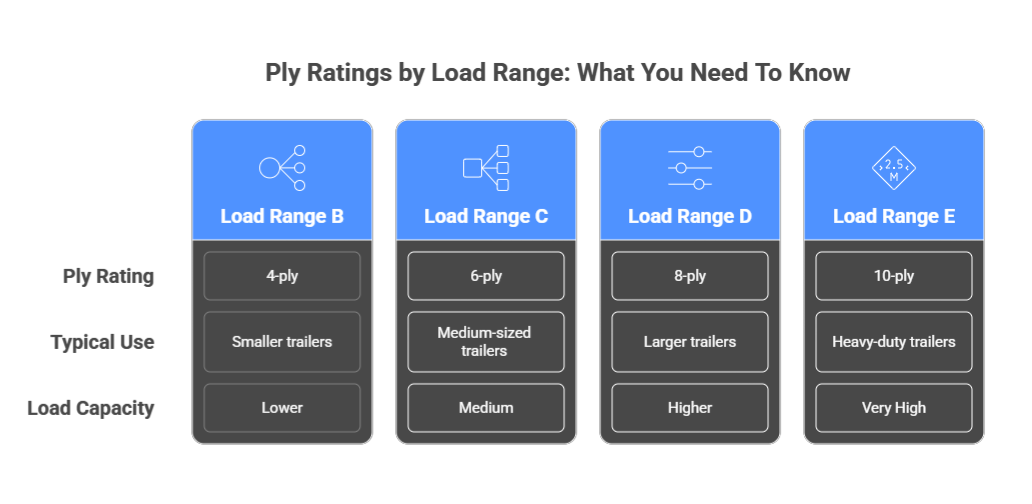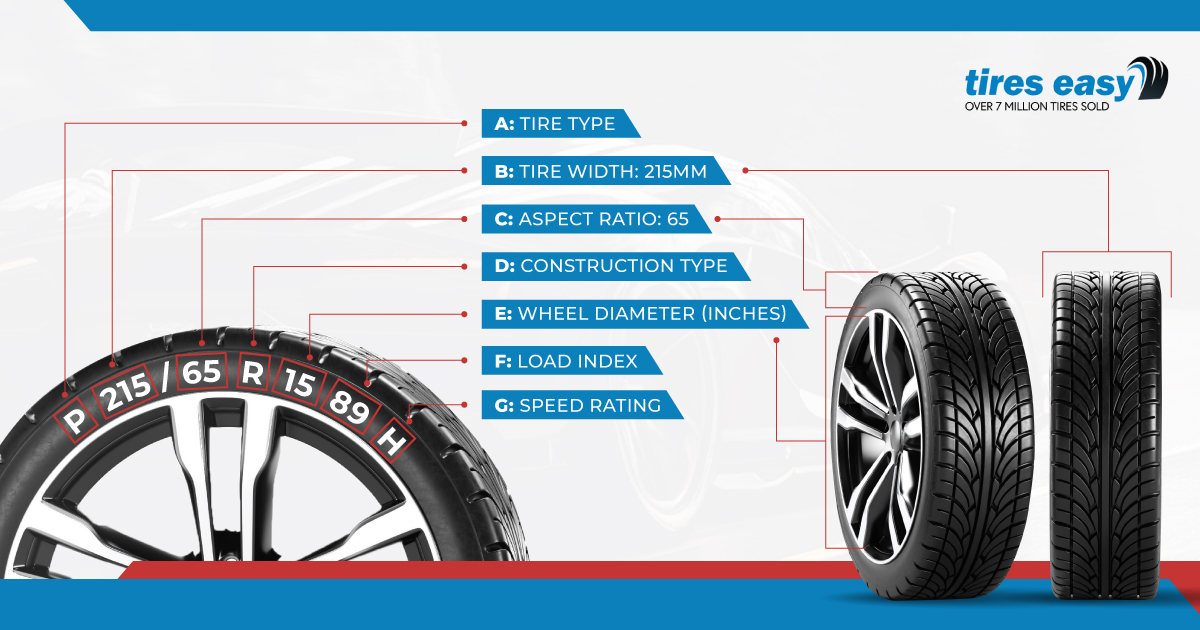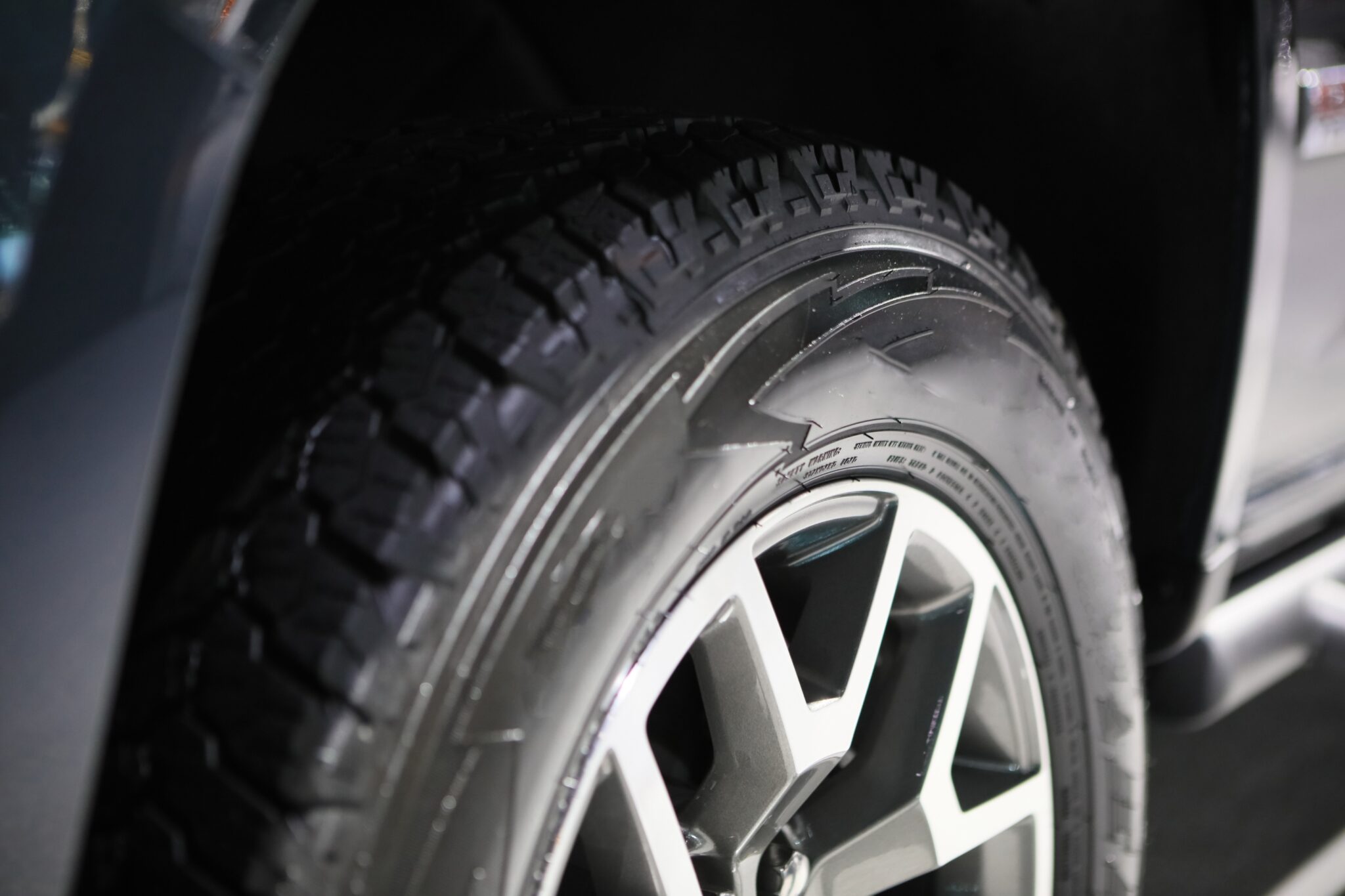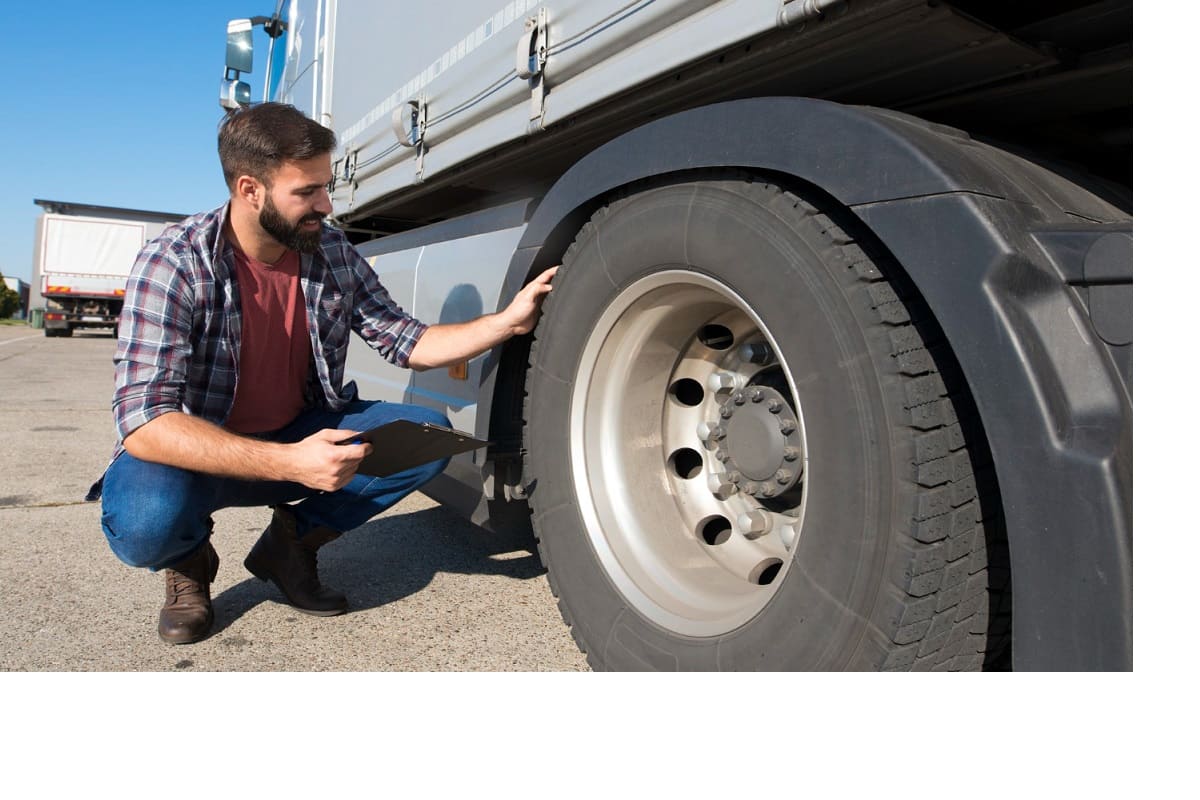Last Updated on July 31, 2025
Unlock Trailer Tires Ply Ratings: Here’s What You Need to Know
When it comes to trailer tire safety and performance, ply rating is one of the most important, but often overlooked factors. While the chart below outlines how ply ratings align with trailer size and load capacity, there’s more to understand beneath the surface. From what ply ratings mean and how tire load index and speed rating affect performance, to what each load range means in real-world use and how it ties back to staying safe on the road. This guide will walk you through the essentials. Whether you’re researching tire ratings or figuring out the right load range for your trailer, you’re in the right place.
What is a Ply Rating?
Ply rating is a classification that indicates the tire’s strength and load-carrying capacity. Historically, the ply rating referred to the number of layers of cotton fabric used in the tire’s construction. More plies meant a stronger tire capable of carrying more weight. Of course, modern tires are no longer made with cotton plies, but the term “ply rating” remains in use to express the tire’s strength.
Understanding Ply Ratings and Load Range
The ply rating is now associated with the tire’s load range, directly correlating to the tire’s load-carrying capacity. Load range is often denoted by a letter, with each letter corresponding to a specific ply rating and maximum load capacity.
- Load Range B: 4-ply rating, typically used for smaller trailers with lower load requirements.
- Load Range C: 6-ply rating, a common choice for medium-sized trailers.
- Load Range D: 8-ply rating, suitable for larger trailers or heavier loads.
- Load Range E: 10-ply rating, often used for heavy-duty trailers or commercial applications.
Higher load ranges, such as F, G, and H, correspond to 12-ply, 14-ply, and 16-ply ratings, respectively. These are used for hefty trailers, such as large RVs or commercial transport trailers.
How Ply Ratings Affect Trailer Performance
The ply rating of a trailer tire has a direct impact on several aspects of trailer performance:
- Load Capacity: Higher ply ratings allow for greater load-carrying capacity, which is crucial when hauling heavy equipment, multiple vehicles, or fully loaded RVs. Choosing a tire with an appropriate ply rating ensures that your trailer can handle the weight without risking tire failure.
- Tire Durability: Tires with higher ply ratings are generally more durable because they are designed to withstand higher loads and harsher conditions. This makes them less prone to punctures, blowouts, and wear and tear, especially when towing on rough or uneven surfaces.
- Ride Comfort: Higher-ply-rated tires are more robust and durable but can result in a stiffer ride. This is because the sidewalls are thicker, reducing the tire’s ability to absorb shocks and vibrations. Balancing load capacity with ride comfort is essential for trailers carrying delicate cargo.
Choosing the Right Ply Rating for Your Trailer
Selecting the correct ply rating for your trailer tires depends on several factors:
- Trailer Weight: The most critical factor is the total weight of your trailer, including the cargo. To calculate the required ply rating, use a simple formula: [Total Weight of Trailer + Cargo]/[Number of Tires]. This will give you the minimum ply rating needed for each tire. Choosing a tire with a ply rating that exceeds this calculated value provides a safety margin and helps prevent tire failure.
- Towing Conditions: Consider the conditions under which you’ll be towing. If you frequently tow on rough roads, off-road terrain, or in extreme weather conditions, a higher ply rating might be necessary for added durability and puncture resistance.
- Frequency of Use: Trailers that are used frequently or for long distances may require tires with higher ply ratings to ensure longevity and reliability. Conversely, a lower ply rating might be sufficient if you only use your trailer occasionally.
- Speed Rating: While not directly related to ply rating, the tire’s speed rating should also be considered. Trailer tires are typically rated for lower speeds than passenger vehicle tires. Ensure the tires you choose are rated for the speeds you plan to tow.
Common Misconceptions About Ply Ratings
Here are two of the biggest misconceptions about ply ratings that can lead to improper tire selection:
Ply Rating Equals Number of Plies: As mentioned earlier, modern tires no longer use the actual number of plies to determine ply rating. Instead, the rating is a measure of strength, not the number of physical layers in the tire.
Ply Rating and Inflation Pressure: Some assume that ply rating alone determines the tire’s required inflation pressure. In reality, inflation pressure is determined by the load the tire is carrying and the tire’s construction.
To avoid misunderstandings and myths about ply ratings, always refer to the tire manufacturer’s guidelines for proper inflation.
Avoid These Ply Rating Errors When Choosing Trailer Tires
Even with the right tire size, choosing the wrong ply rating can lead to unsafe hauls. Here are three quick mistakes to avoid:
- Skipping the Load Range Check: Each trailer has a recommended load range. Don’t assume, match the ply rating to your trailer’s actual weight needs.
- Focusing Only on Speed or Load Index: Both the trailer tire speed rating and the load index on tires matter. Ignoring one can lead to early wear or poor handling.
- Assuming “More Ply” Means Better: Higher isn’t always better. Choose a ply rating that fits your usage, not just the highest number.
Ply Rating vs. Load Index
The load index is another important factor to consider alongside ply rating. It is a numerical value that indicates the maximum load a tire can carry at its recommended inflation pressure. While ply rating gives a general idea of the tire’s strength, the load index provides a more specific measure of its load-carrying capacity. The load index is directly related to the ply rating, with higher ply ratings usually corresponding to higher load indexes, indicating a greater load-carrying capacity.
For example, a tire with a load index of 100 can carry a maximum load of 1,764 pounds (800 kg) at the recommended pressure. When selecting tires, it’s important to ensure that the load index meets or exceeds the requirements of your trailer.
The Impact of Ply Rating on Trailer Safety
Trailer tire failure is one of the leading causes of trailer-related accidents. Choosing the correct ply rating is essential for maintaining safety on the road. Tires with inadequate ply ratings may not be able to handle the load, leading to blowouts, loss of control, and potentially severe accidents.
Trailer tire maintenance is extremely important. Regular inspections include looking for signs of wear, and damage and ensuring proper inflation — especially before taking any long trips. By taking a proactive approach to tire maintenance, you can ensure the safety and longevity of your trailer tires.
Innovations in Trailer Tire Technology
The tire industry is continually evolving, and trailer tires are no exception. Recent advancements include:
- Advanced Rubber Compounds: Modern trailer tires are made with advanced rubber compounds that improve durability, heat resistance, and tread life. These compounds are designed to withstand heavy loads and harsh weather.
- Reinforced Sidewalls: Some trailer tires now feature reinforced sidewalls for added strength and puncture resistance. This is particularly beneficial for trailers used in off-road or rugged conditions.
- Eco-Friendly Options: As environmental concerns grow, manufacturers are developing trailer tires with lower rolling resistance, which can improve fuel efficiency and reduce emissions. These tires are designed to maintain strength and durability while minimizing environmental impact.
Conclusion
Understanding the ply rating along with your trailer’s load range, speed rating, and intended use, is essential for choosing the right tire. The best trailer tires are not just strong, they’re matched to your load, road, and driving conditions.
Choosing wisely can help you avoid blowouts, improve fuel efficiency, and extend tire life. 👉 Need help finding the right tire for your trailer? Browse Top-Rated Trailer Tires Now
FAQs
What is ply rating on trailer tires?
Ply rating refers to the strength and load-carrying capacity of a trailer tire, not the actual number of layers. It helps determine how much weight a tire can safely support.
What is the difference between ply rating and load range?
Ply rating is the older term, while load range is the current classification system (e.g., Load Range C, D, E). Both indicate how much weight the tire can carry and at what pressure.
How does ply rating affect trailer tire performance?
The ply rating impacts how much weight a tire can handle and how well it resists heat, punctures, and road stress. Choosing the wrong ply rating can lead to premature wear or failure.
Can I use a lower ply rating to save money?
It’s not recommended. Using a tire with a lower-than-required ply rating can result in unsafe driving conditions, especially under heavy loads.
-
Automotive Specialist
-
Proofreader
-
Writer











